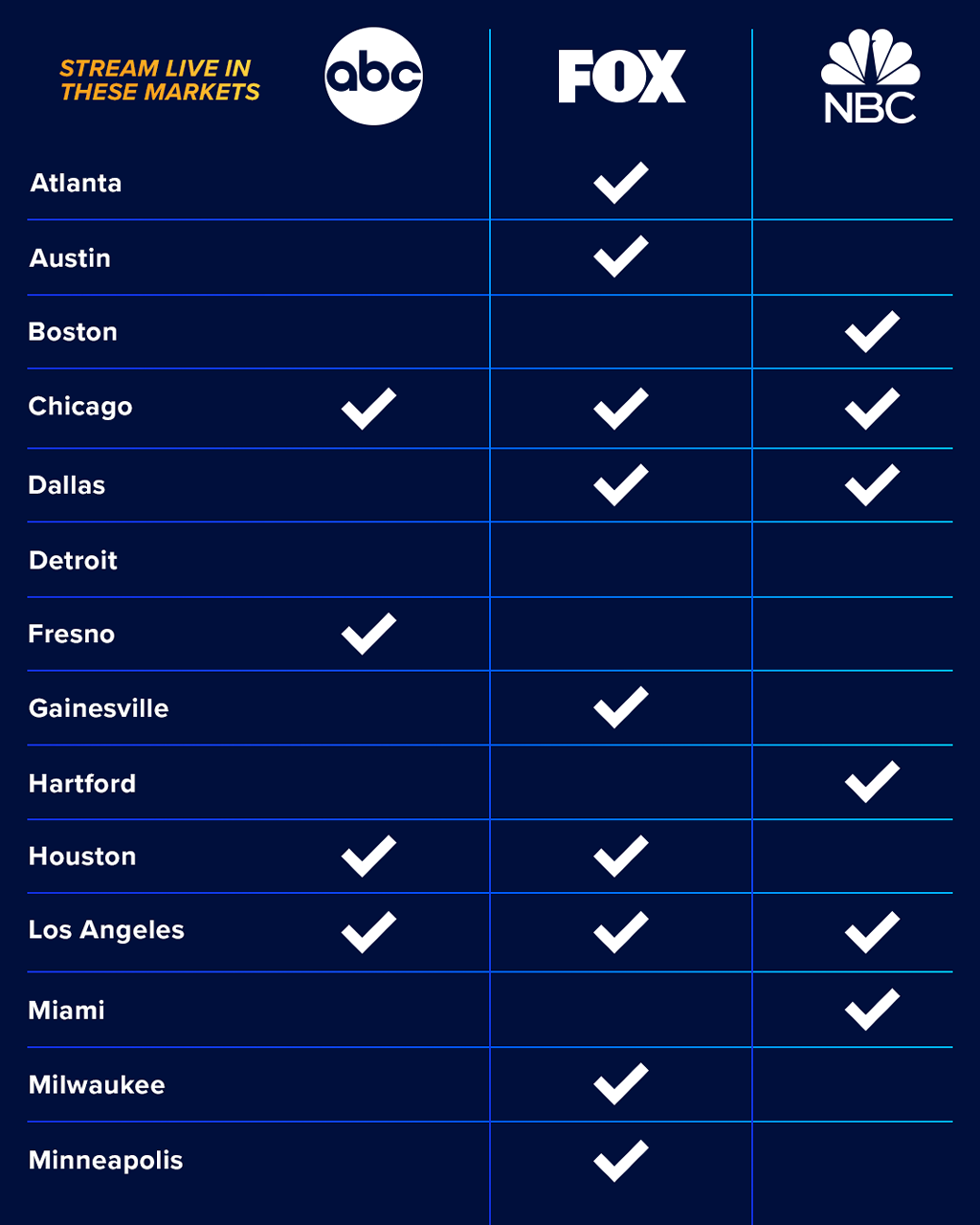The 2-Minute Rule for Apollo Group Tv
The 2-Minute Rule for Apollo Group Tv
Blog Article
5 Easy Facts About Apollo Group Tv Described
Table of ContentsThe Apollo Group Tv IdeasThe Single Strategy To Use For Apollo Group TvApollo Group Tv - QuestionsThe Best Strategy To Use For Apollo Group Tv
In this scenario, as opposed to having three-minute commercial areas throughout a 30-minute tv program, television programs might change to one where a consumer will be needed to have a monthly membership, to make sure that they cen view targeted banner ads. This type of advertising and marketing currently happens on the net, and the amount of data television companies collect enables them to do much the exact same.Discuss the influence of sponsors on program web content. Describe the significant fads amongst the broadcasting and cable networks. When tv was in its infancy, manufacturers modeled the new tool on radio. Popular radio reveals such as police drama Dragnet and western cowboy series Gunsmoke were adjusted for tv, and new TV shows were funded by single marketers, equally as radio programs had been.
Today, the television market is even more complex. Programs are funded by multiple advertisers; shows is managed by major media corporations; and the 3 major networks no more control the airwaves but instead share their audiences with numerous wire channels. A number of elements account for these patterns within the industry, including technological growths, government laws, and the creation of brand-new networks.

The smart Trick of Apollo Group Tv That Nobody is Discussing
Established in 1969, (PBS) established out of a record by the Carnegie Payment on Educational Tv, which checked out the role of instructional, noncommercial tv on culture. Public television was also planned to provide universal accessibility to tv for visitors in country areas or visitors who might not manage to pay for personal tv services.
The period between 1950 and 1970 is traditionally identified as the. Besides a little part of airtime controlled by public tv, the three major networks (understood as the Big 3) controlled the television industry, collectively representing even more than 95 percent of prime-time watching. In 1986, Rupert Murdoch, the head of international business Information Corp, released the Fox network, testing the dominance of the Big Three.
Targeting young and minority audiences with shows such as Buffy the Vampire Slayer, Moesha, Dawson's Creek, and The Wayans Bros., the new networks wanted to attract terminals far from their old network associations. Rather than repeating the success of Fox, UPN and WB struggled to make an impact. Not able to attract several affiliate stations, both new networks got to less families than their bigger opponents due to the fact that they were inaccessible in some smaller sized cities.
This choice led the means for the advancement of cord motion picture networks, adding to the exponential growth of cable in the 1980s and 1990s. apollo tv group. Further deregulation of cable in the 1984 Cable Communications Plan Act got rid of limitations on cord rates, enabling operators to bill what they desired for cable television services as long as there was effective competitors to the service (a requirement that over 90 percent of all cable markets can satisfy)
The smart Trick of Apollo Group Tv That Nobody is Talking About

Having produced the initial "superstation," Turner increased his world by founding 24-hour news network CNN in 1980. At the end of the year, 28 nationwide shows solutions were readily available, and the cable television transformation had actually begun. Over the following years, the sector went through a period of quick development and appeal, and by 1994 view publisher site viewers could pick from 94 standard and 20 costs wire services.
Figure 9 - https://apollogrouptv9.godaddysites.com/f/apollo-group-tv-revolutionizing-your-streaming-experience.16 Raised competition from wire channels has created a consistent decrease in the networks' audience scores. Throughout the 1950s, the cost of creating a solitary tv show boosted as programs became longer and manufacturing prices soared. Sponsorship on network television moved from solitary sponsorship, in which a program was entirely supported and created by one marketer, to numerous sponsorship, in which advertisers purchased 1- or 2-minute areas on the program
Select one of the Big Four networks and publish out its weekly programming routine. See the network's prime-time programs over the course of a week, noting the target market for each program.
Our Apollo Group Tv Diaries

Straight TV, commonly referred to as traditional broadcast television, incorporates cable television and satellite television. It's called "linear" due to the fact that web content adheres to a predetermined shows schedule, unlike on-demand material which the individual audience determines to enjoy based upon their very own preferences and routine. So, when you ask, "What is direct TV?", consider it as the classic method of viewing television that has been around for years.
Report this page